In the tile-maker’s studio
In the tile-maker’s studio
Artist Iain Cotton is marking 10 years of making our unique Pioneer Mission Training graduation awards.
Iain Cotton has made every graduation award ever given to a CMS Pioneer Mission training student.
Commissioned for the first graduation in 2014 he was inspired by local landscape and the pioneer journey to create a handmade tile for each graduating student.
This is a fascinating, patient introduction to an artist’s thinking and process, so grab a cuppa and join Iain on the pioneer journey.
Jonny Baker filmed him in his studio telling the story of this decade-long art project.
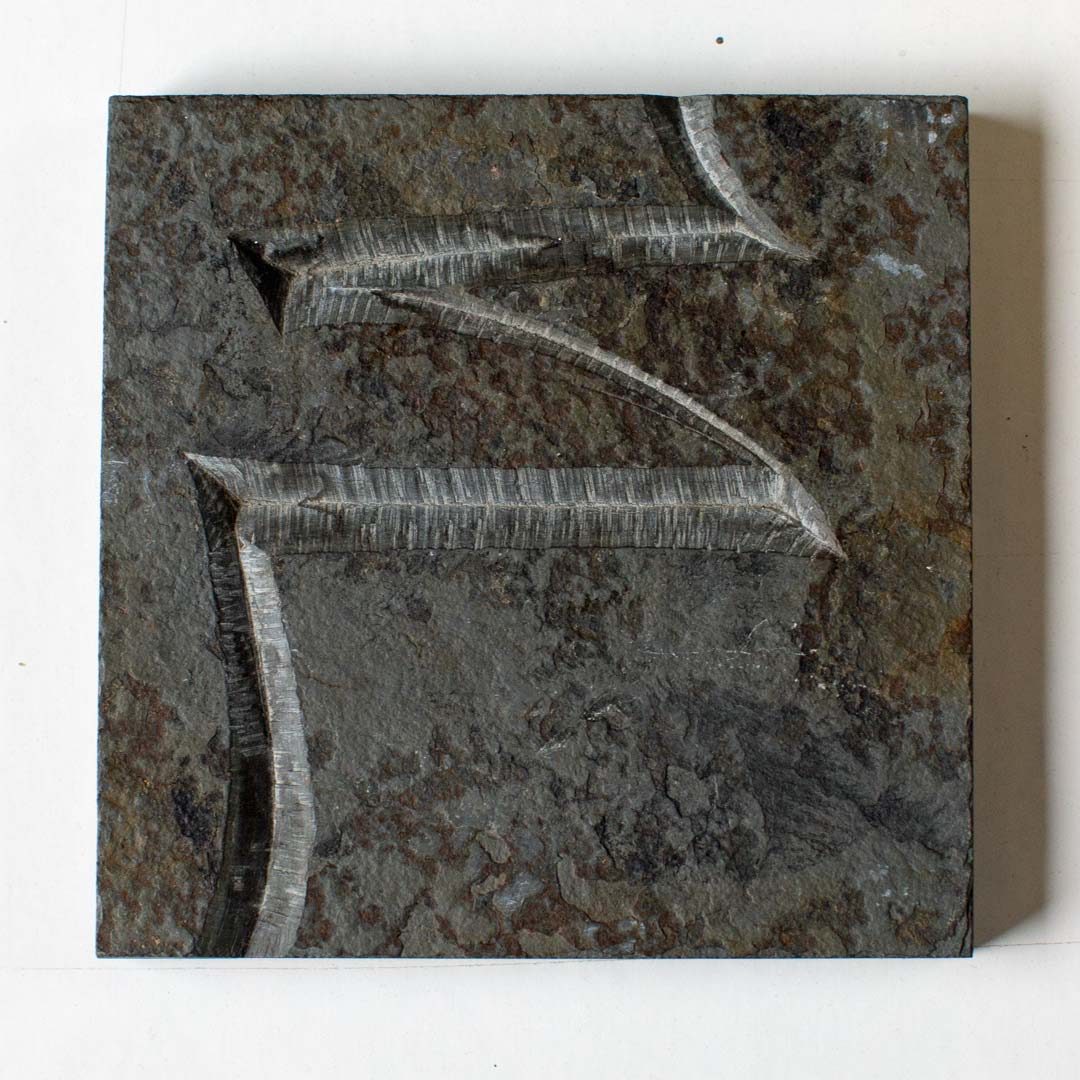
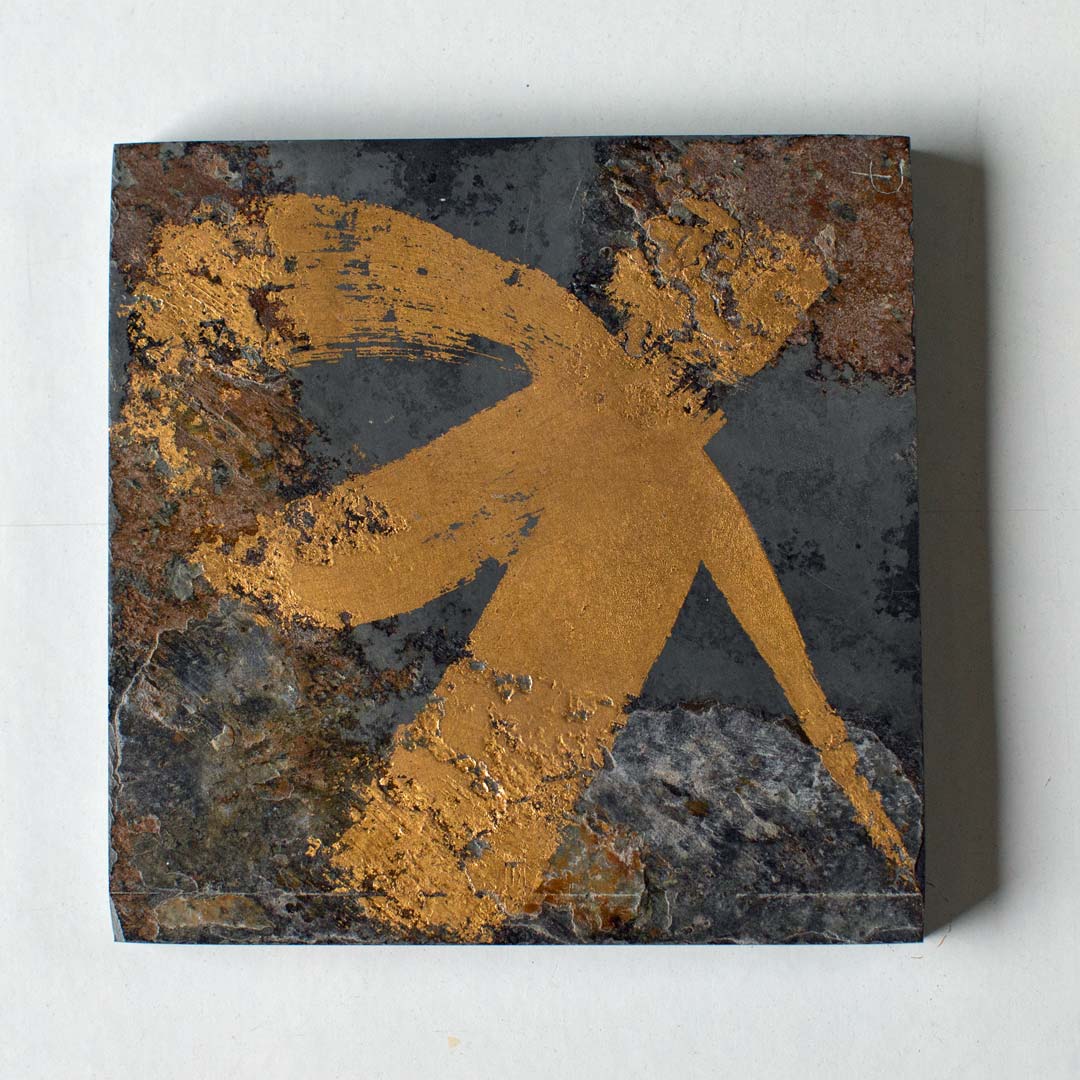
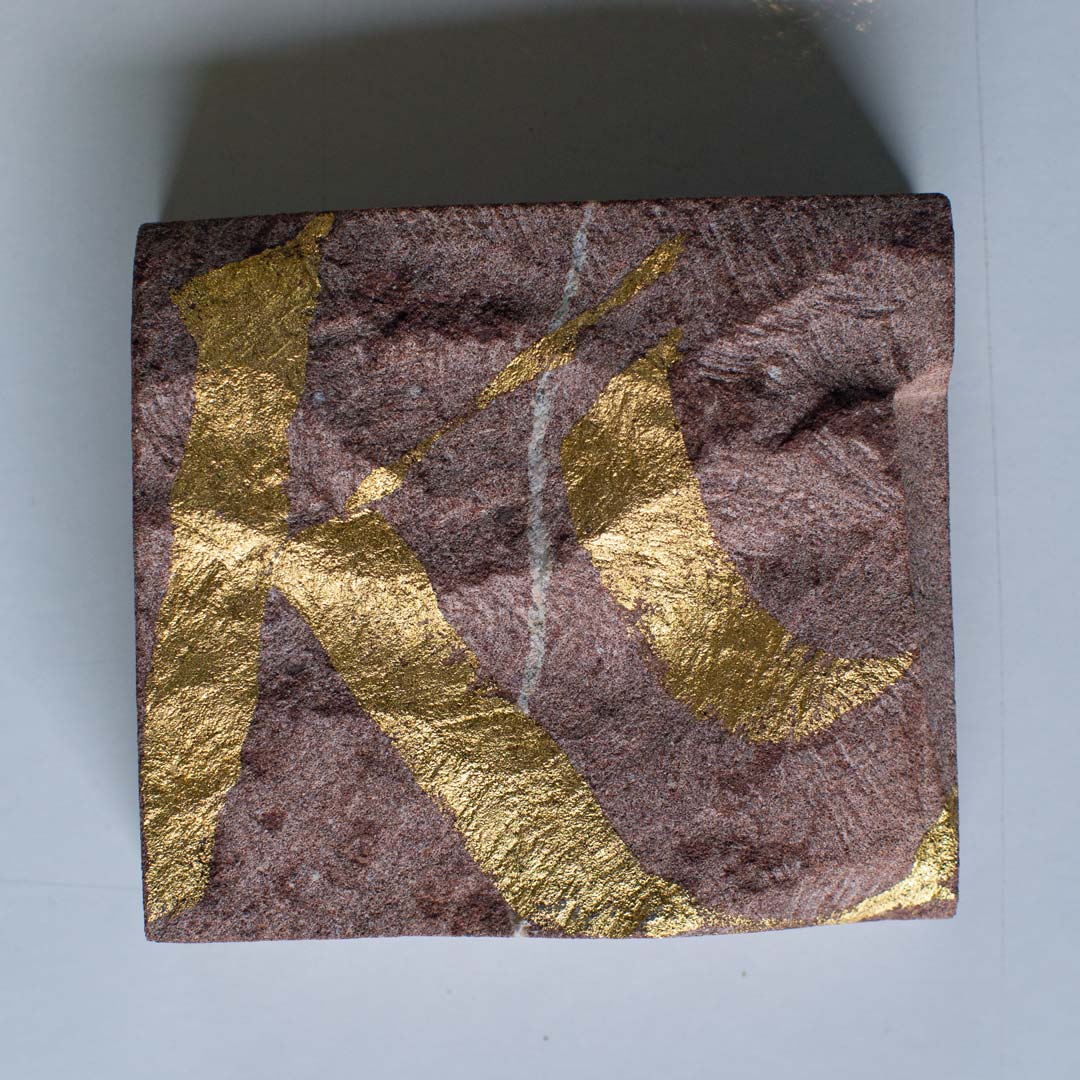
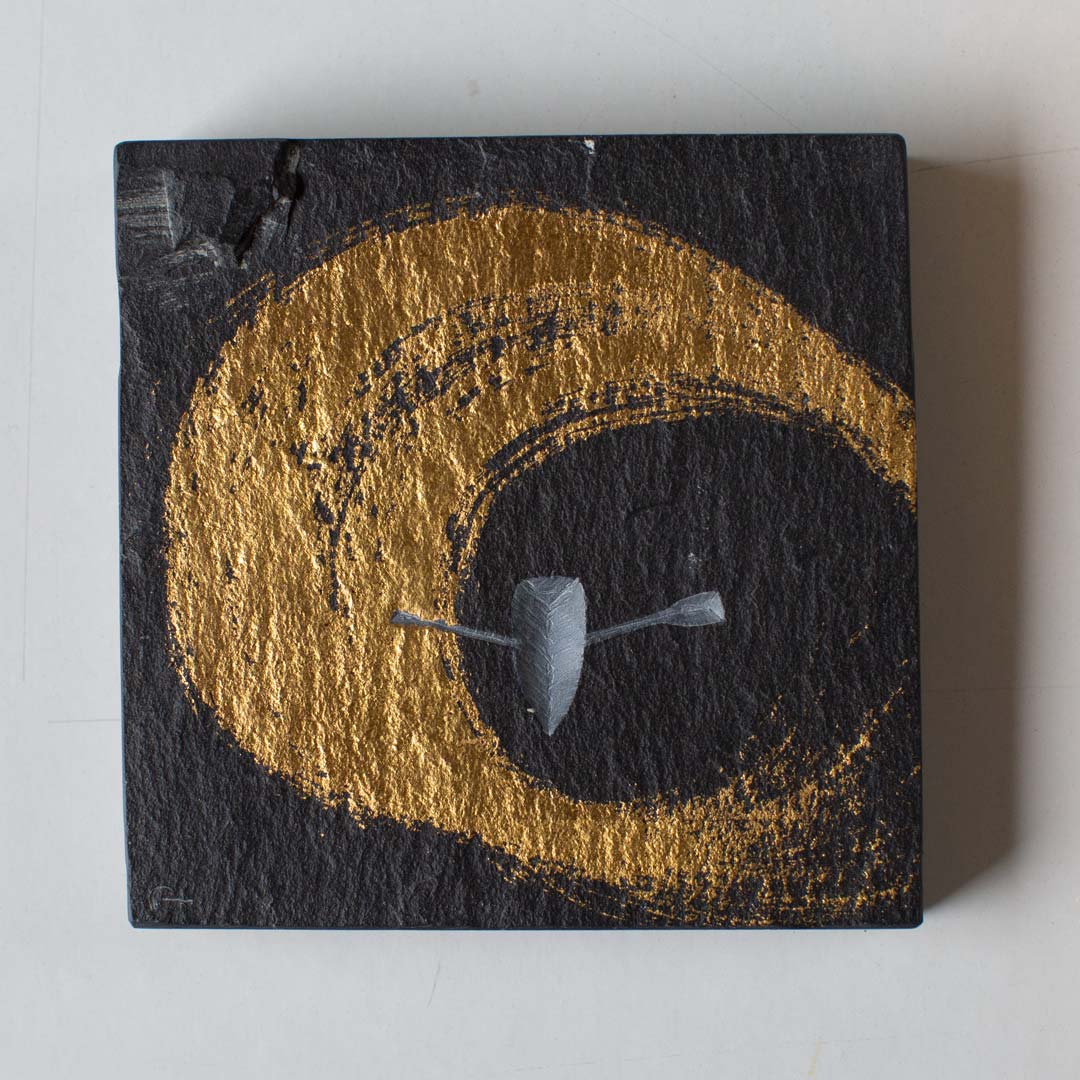
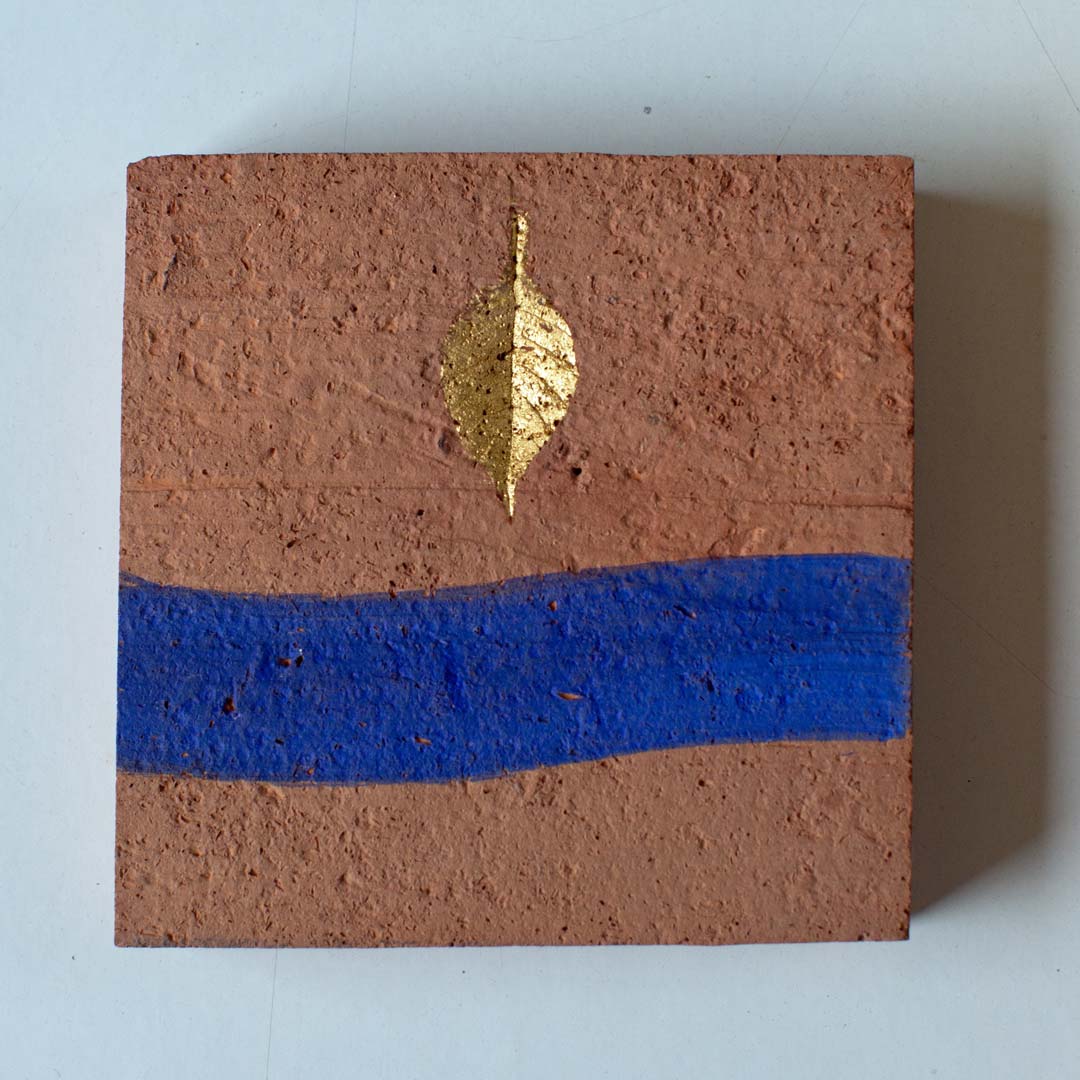
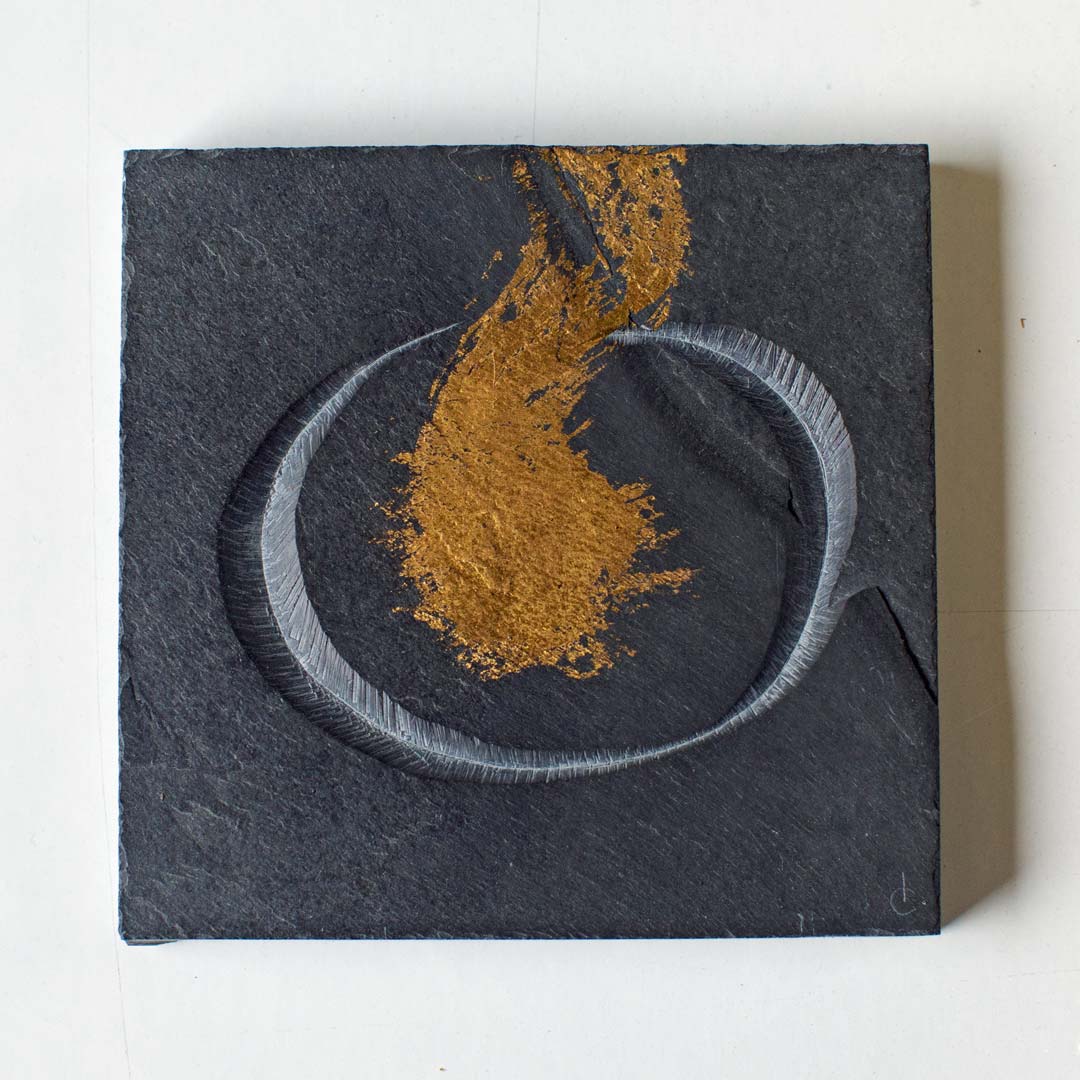
Transcript
Hello I’m Iain Cotton. I’m an artist, sculptor, letter carver. Jonny approached me I think in 2014 to make a graduate award for the the Pioneer graduate programme.
I can’t remember I think I made six awards, quite low numbers in the early years and the brief was as I remember I think the brief was quite open which gave me lots of creative freedom to find a language to find an interpretation for this idea of the kind of pioneer journey.
The first tile I made it was it was this tile and it’s just a square of actually Brazilian slate it’s quite rustic with this simple abstract carved path.
It’s a joining together of two or maybe three ideas that I was working with back in 2013/ 2014. I’d made a sculpture that was a series of carved words in foraged stones that represented a kind of journey and the letters on those stones were made with a chisel edged brush so sort of the beginning of my interest in brush drawn letters.
I think in maybe the following year in 2014 when I made this tile I made some sculptures where I had just gone on a walk up a path actually just behind the studio here, which is an ancient kind of holloway foot path, and I just walked up the path and I gathered as many stones as I could carry, which I think was five or six stones and I brought them back to the studio, cleaned them up and in each stone I carved a v-cut line to represent walking up and down the hill so the material itself spoke about this place and this little line talked about you know a simple journey on foot and so I brought – when this opportunity came I brought those two ideas together – this idea of a v-cut line, brush drawn representing a journey across a landscape it seemed to fit really nicely with this idea of pioneering – making a path where there was no path.
Although these are kind of abstract forms because they’re made with a brush – that’s their origin – painted and then carved, they have a calligraphic quality that’s the the kind of origin of the forms and it felt also like a kind of hidden language without being actual words or phrases, yeah, this abstract – a kind of talking in tongues.
We’ve done 10 years of these now and that is a really unusual kind of project – a project that comes around each year, has that episodic quality, that has this long span in terms of time, where you can take an idea in quite a specific format and develop it and open it up over quite a long period of time, dealing with the same theme. There’s a coherency to the language I think, that I could talk about as we go along, but where each year can be a slightly different iteration responding both to I suppose my creative development but also what’s happening in the culture, what’s happening within CMS and the pioneer programme….
As I remember it the first three tiles, the first three years, very much used the language of the first tile and I think we got to year four, may have been three, and all of a sudden it went from I think six or eight tiles to like 30 tiles and I had to find a kind of faster way of exploring the idea and as the origin of these this language of mark making here is in drawing a line with a brush and it’s like a flat brush or a chisel-edged brush so when you make a gesture that way you get like a thick line, when you make a gesture that way you get like a thin line. So that’s that’s the origin of of the weight in in typography and calligraphy and lettering.
So when it came to year four I needed to make something more quickly using the same language but instead of carving the line I brushed the forms and I gilded them so you know it’s the same idea of this this abstract linguistic journey but it brought in by using gold leaf it brought in resonances of the holy, the presence of the spirit, it seemed to locate the journey more as a kind of sort specifically spiritual journey.
I think there were three versions of this tile, the first one was just this this gold this gilded line, the second version it was the same kind of slate – a similar gilded line but I introduced some adversity. I carved out areas and so this brush drawn journey became a kind of navigating around a more challenging landscape. And then there was this year – I think this was the Brexit year actually – and so there were – I polished out some channels.
This is the original rough area of the tile and then each tile had this polished out area and so the line, this intuitively made brush drawn calligraphic line, kind of navigated across the channel so the tiles became an opportunity to talk about pioneering but also in this new context of of Brexit, a fracture of this relationship with Europe, so some of the tiles have been an opportunity to reflect on broader cultural streams and challenges.
So yeah three years look like that and in our little tiles here this one stands out as being quite considerably different and that’s because the year was quite considerably different – this is the Covid year. Yeah this was the Covid year – so a very different landscape we were trying to navigate across so I reached for a different material. It was a kind of almost more of a kind of desert image. I had this red sandstone and I made these really gnarly surfaces and actually this is the first iteration of the tiles where I reached for language actually and the phrase I reached for was ‘kyrie eleison’ – Lord have mercy.
It seemed to be an appropriate call from the heart in the context of Covid and lockdowns but each tile feels quite abstract because you just got a little fragment of text but in an interesting way it brings together that ancient prayer of the church with an extraordinary time in history and the idea that each of the pioneers had a a kind of fragment of that prayer.
As the project has evolved it has responded in more specific ways I think to the theme of the graduation ceremony – ceremony? is that the word you might use? – and with perhaps some more specific scriptural provocations… So with this tile it was specifically responding to the text in Mark 4 where Jesus says let us get into the boat and go across to the other side, you know, again a provocative image of pioneering, you know, an invitation to go on a journey across the lake to the other side, you know, so to a place you perhaps do not know, to a different place.
And so I carved these little they’re sort of like single person rowing boats there’s one set of oars, they’re tiny, there’s room for one person but because there were – I can’t remember – 25, 28 maybe 30 of these – those little individual journeys became like a flotilla, people – an image of people journeying together, they take that away and they they see their own journey perhaps but in reference to everyone else’s journey and yeah there’s a boat, there’s a seascape and there’s a sense of being caught up in this a kind of holy wind yeah encompassed by this gestural, linguistic, holy mark-making.
And yeah the following year it was – the provocation was a couple of images from the book of Revelation: it was the image of the river of – the river of the water of life and the tree yeah the tree of life whose leaves are for the healing of the nations um and I reached for terracotta, this really kind of earthy material, that seemed to be also one of the themes, that it was a kind of desert or earthen kind of context, yeah so I reached for clay, found some terracotta tiles.
And again we’ve got some – the leaf image really directly made, carved and gilded, and again this sort of linear language that’s made made its way sort of all the way through the tiles found representation in this painted river of the river of life.
Each year is the opportunity almost to bring in some other themes and extend and expand this exploration of the role of the pioneer and pioneering and so yeah I like the way that this extends that mission to with some kind of healing themes, the healing of the land, the healing of the nations, that’s an enrichment actually of the calling of pioneer, actually of the calling of us all, I think, those who who are trying to, who are on a faith journey – healing of the land, healing of the nations and trying to find fresh language to and fresh ways to make that real.
This tile is the most recent, this is last year’s tile and as I remember it, the theme – one of the themes of the graduation was was like community, kind of gathering around the campfire and sharing stories… and again finding new ways to take this brush drawn linear language and and use it to explore a fresh theme.
There was this idea of a gathering round. Again the gold represents the holy fire, this energy, you know, that we’re – language breaks down sometimes actually and I think that’s often where art is able to step in.
But this image of you know the holy fire and this very kind of dynamic language of going on a journey became a kind of gathering round image, so it somehow still holds on to this idea of speaking in tongues, a hidden language, trying to find a new language, it holds on to this idea of a journey but as our spiritual journeys often do, it’s a journey that falls round back on itself, takes us back somehow to the beginning, to a place where we start again and has, taken together you know across a number of tiles, it’s a kind of gathering round together, you know, one with another as we’re trying to find our way, responding to the Christ out into the world.